Olivia
$2,200.00
Sex: Female
Age: 22 Months
Specie: High White Pure Blue Albino
Preferred Diet: Fish Pieces, Earth Worms, Roaches, Eggs (Cooked/Boiled).
Description
High white red tegu adaptations
High white red tegu use their out their tongue to sniff out prey items. Like other reptile species, Tegus have a Jacobson’s organ in the roof of their mouth. They will stick out their tongue in order to pick up scent particles in the air or from the surface of objects. Their tongues are forked at the end, splitting in two directions in a V-shape, allowing the tegu to pick up scent particles from two different directions. When the tongue is brought into the mouth to the Jacobson’s organ, the organ will process the information and determine which side of the tongue the scents came from. This will inform the tegu which direction to go to find that scent. (If it picks up the scent on the left fork, then it knows to go to the left. If it picks it up on the right, then it goes to the right. And then if it picks up the scent on both forks then it knows the scent is coming from straight ahead.)
Because of their large size, tegus don’t have many predators. However, if a predator does come along, tegus have a few defense mechanisms for protection. If tegus feel threatened they will puff out their cheeks, open their mouth really wide, and try to make themselves look bigger. They may also huff and stomp as a warning. This is especially useful for defending their territory from other tegus. Tegus are also capable of running at high speeds
and can run bipedally (on their back legs) for short distances.
If this warning display does not deter the potential threat, tegus will begin to thrash their incredibly powerful tail around. The tail can be curled into a J-shape and used like a whip to keep threats away. If this warning also fails, then Tegus can charge and bite. They have a strong jaw that clamps down and is unlikely to let go.
Many lizard species can drop their tail, a process known as autotomy. While Tegus appear to have the ability to lose their tail and regenerate it, it is unlikely that they will do so. Their tail is important for locomotion and defense, and because Tegus do not have many predators, it is not worth the energy needed to regrow the tail if dropped. There is very little research done on the family Teiidae and their ability to autotomize their tail, but from what research has been done it is likely that smaller members of the family Teiidae are more likely to drop their tail than larger members like the Tegu.
High white red tegu behavior and life cycle
During the colder months of September – March tegus will go into
brumation, the reptile equivalent of hibernation. During this time they will burrow under the ground, their heart and respiratory rate will slow and their activity level and body temperature will drop. Breeding occurs a few weeks after waking up from brumation. Tegus are typically solitary, but will come together to breed and will sometimes brumate in groups.
Tegus are oviparous, or egg-laying. After a successful breed, females will begin building a nest and will lay eggs about a month or two later. The average clutch size is around 12-30 eggs. The female guards the nest and will aggressively defend it against all perceived threats. The eggs will hatch anywhere from 120-170 days later. Hatchlings are around 8 inches and will stay with their mother for a short while. Maturity occurs around 3 years of age.

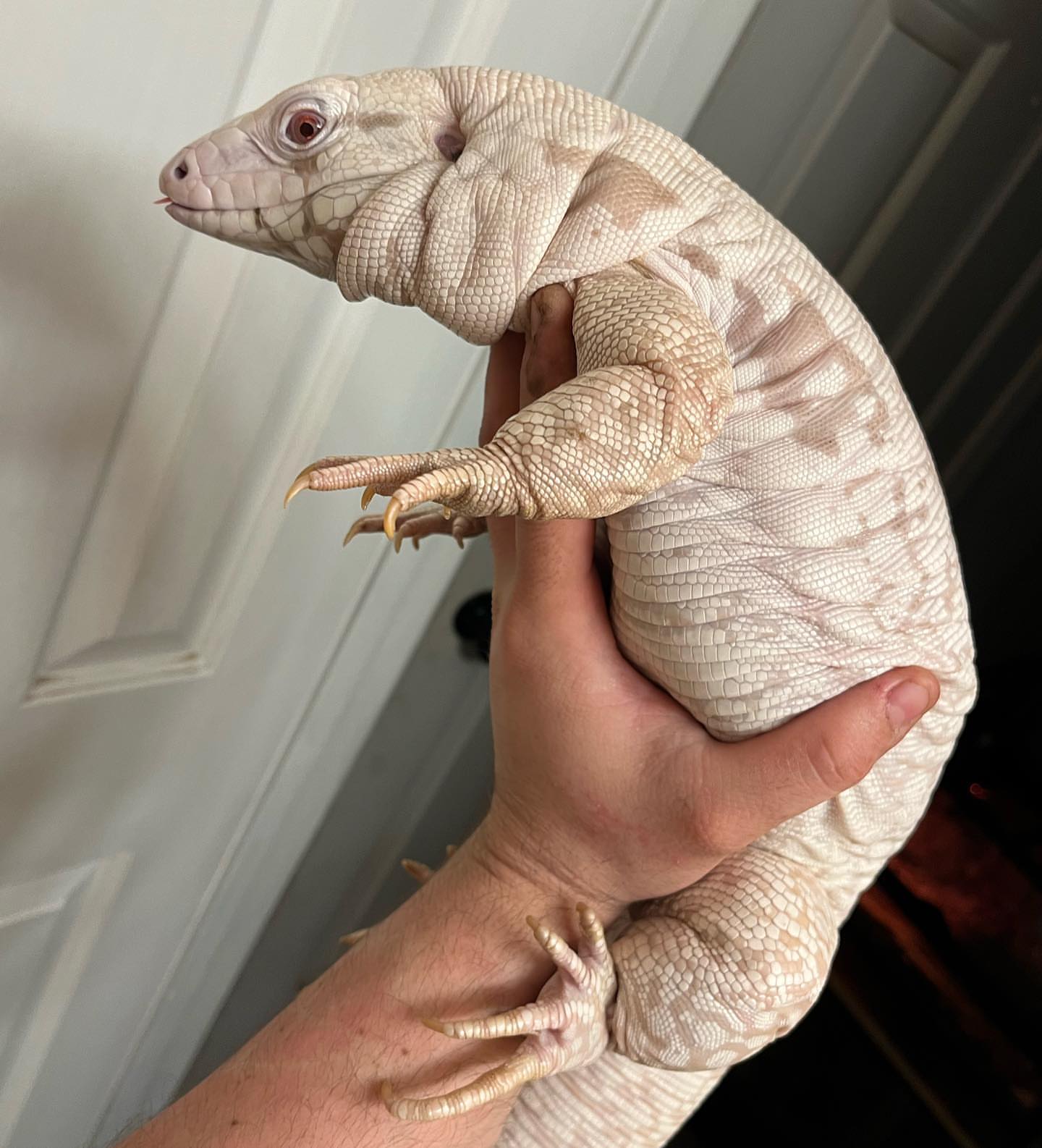

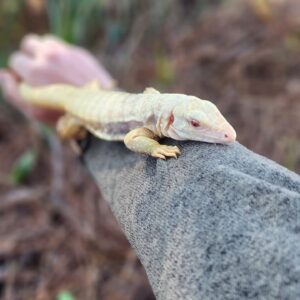
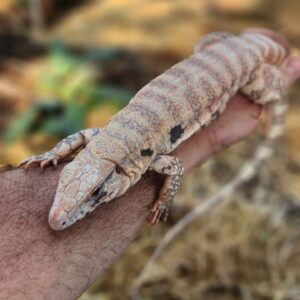
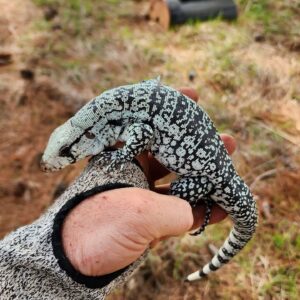
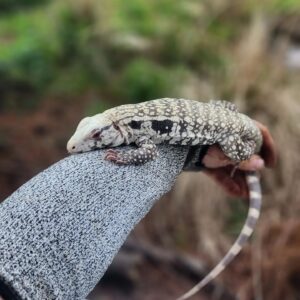
Reviews
There are no reviews yet.